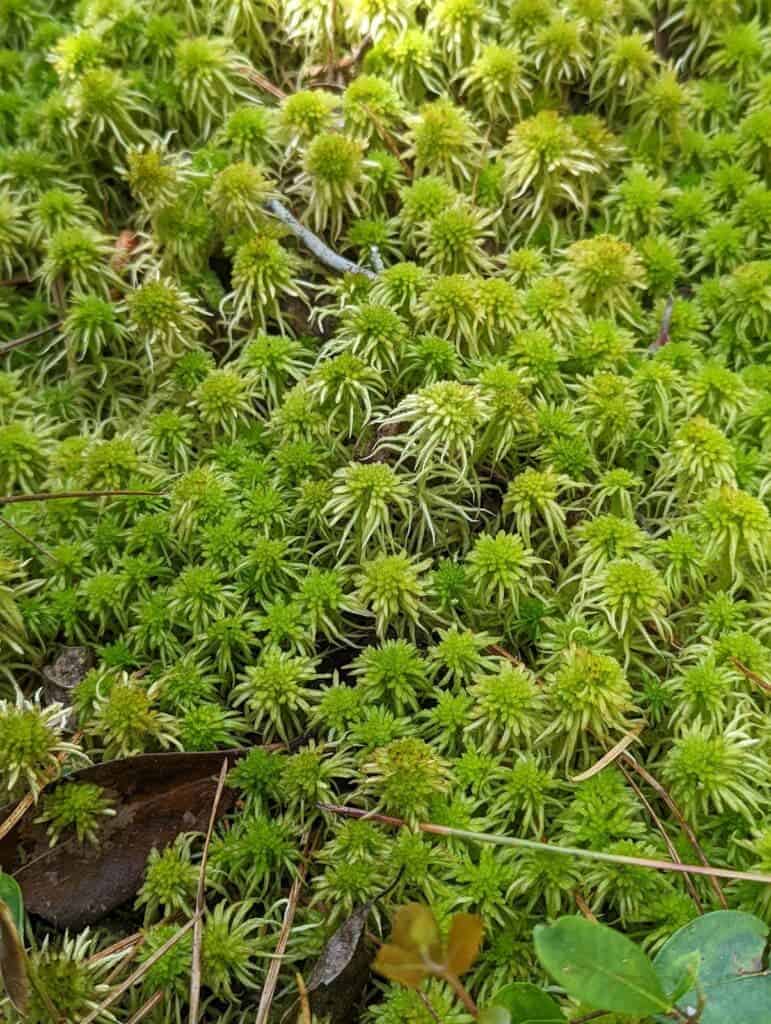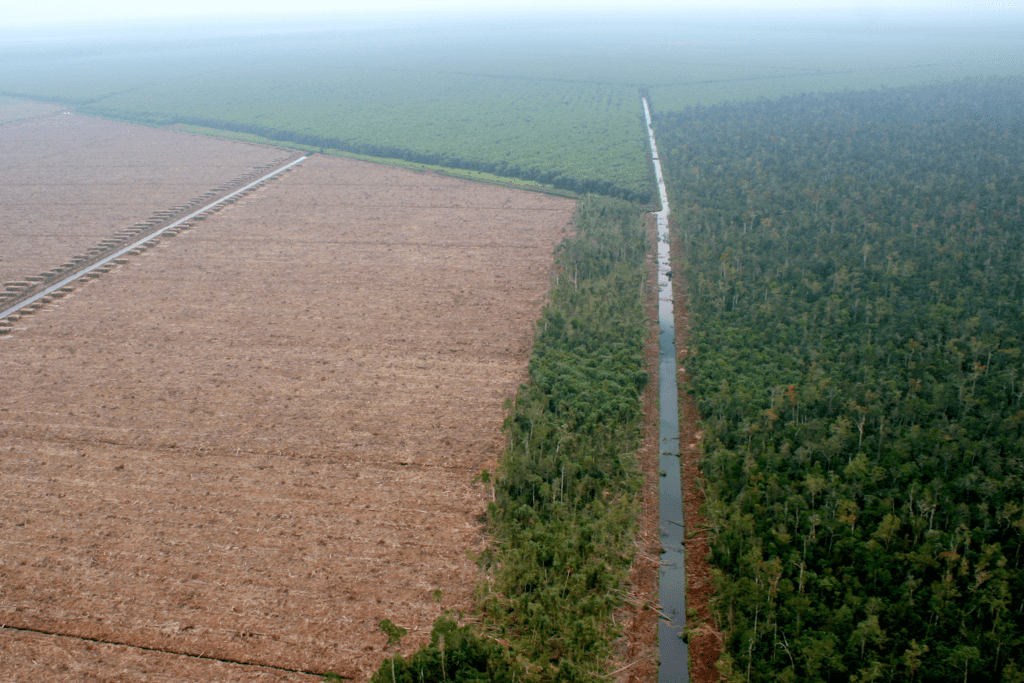Often ignored, peatlands are a type of wetland that is actually critical to preventing and mitigating the effects of climate change. In addition to helping to tackle global heating, they also help to preserve biodiversity, reduce flood risk, and ensure safe drinking water.
So why do we not give them more attention?

Peat is the underrated superhero of the natural world. It’s not your average superhero — if you’ve ever walked upon healthy peat, you’ve felt the ground feel squishy, each step bouncy and wet; walking on peat almost feels like walking in a water-filled sponge. But this squishiness comes from the layers of plants and moss that have accumulated (at a rate of about one millimeter a year) since the last ice age and remain undecomposed until now. Therein lies the magic of peat.
Peatlands are water-logged, acidic, and low-nutrient ecosystems which blend the perfect ingredients for slowing down decomposition. In this type of environment, the carbon cycle just stops. Basically, the waterlogged conditions prevent plant material from fully decomposing, creating an environment in which more organic matter is accumulated than is decomposed, which results in a net accumulation of peat — and carbon.
These conditions are maintained because of the sphagnum mosses that carpet most peatlands. Sphagnum is a genus of approximately 380 species of mosses that are so common in peatlands that they’re sometimes called peat moss or bog moss. Sphagnum can hold water up to 26 times its weight making the ground very wet, preventing decay, and allowing fens to store carbon that they have previously removed from the atmosphere through photosynthesis. On the contrary, in areas with drier soil, dead plants easily rot and send carbon back to the atmosphere.

Carbon bombs
This type of peat wetland is present in more than 180 countries, with the highest concentrations in Canada, Russia, Finland, Europe, Alaska, and in the tropics. Peatlands make up some 3% of the land surface, but they store as much as 30% of all carbon locked in the soil — twice as much as the world’s forests. This makes peat an incredibly important carbon reservoir, but also a potential problem. If we don’t treat peatlands as an ally, they can turn into our enemy in the climate fight.
Peatlands are a carbon sink, and if left to their own devices (or encouraged through management practices), they can suck up even more carbon from the atmosphere. But if they’re destroyed (as is often done to make room for agriculture), they can release all that carbon into the atmosphere. If this continues, it will accelerate the Earth on its trajectory toward irreversible warming. This doomsday scenario is very scary but also pretty realistic — climatologists refer to destroyed peatlands as a “carbon bomb”.

Peatland degradation due to anthropogenic activities accounts for 5-10% of annual carbon dioxide emissions, despite their tiny land area. In Indonesia and Malaysia, for example, peatlands have been cleared for palm oil plantations which resulted in a staggering amount of carbon emission that is equivalent to about 70 coal plants. On the other hand, in Britain, scientists calculate that peatlands in the country are releasing 23 million tons of carbon dioxide equivalent each year, making them the number one source of greenhouse gas from land use.
In another published study, a multidisciplinary team of 70 scientists from around the globe identified permafrost degradation, warming temperatures, rising sea levels, and drought are the main factors that are altering peatlands’ carbon balance. For example, rapid permafrost thawing in the Arctic promotes microbial activity that releases greenhouse gas. These microbes are fed off carbon-rich peats that were once frozen.

Saving peats
They fly under the radar, but peatlands are key in slowing down climate change and preserving vast swaths of wild ecosystems. Preserving peat is now considered a very powerful initiative to counter the rising carbon emissions. Peatlands and climate change are intertwined and as Christian Dunn, a wetlands scientist at Bangor University in Wales, said “If you’re serious about slowing climate change you must get serious about peat.”
Clear and ambitious targets for the rewetting and restoration of peatlands must be set if we want to have a chance at stopping catastrophic heating.
Peatland restoration can be done by blocking drainage channels in the peatland and allowing natural vegetation to recover. Experts are constantly working on quantifying peatlands and developing effective measures to protect and expand peatlands. The Global Peatlands Initiative is an effort made by leading experts and institutions with the goal of protecting and conserving peatlands as the world’s largest terrestrial organic carbon stock and preventing it from being emitted into the atmosphere.
Peatlands are vulnerable to fires and changing river and precipitation patterns, both of which are linked to climate change. So it seems like we either help peatlands, in which case they also help us, or keep on destroying us, in which case they’ll do us more harm than good. The choice, as it’s so often the case, is ours to make.


